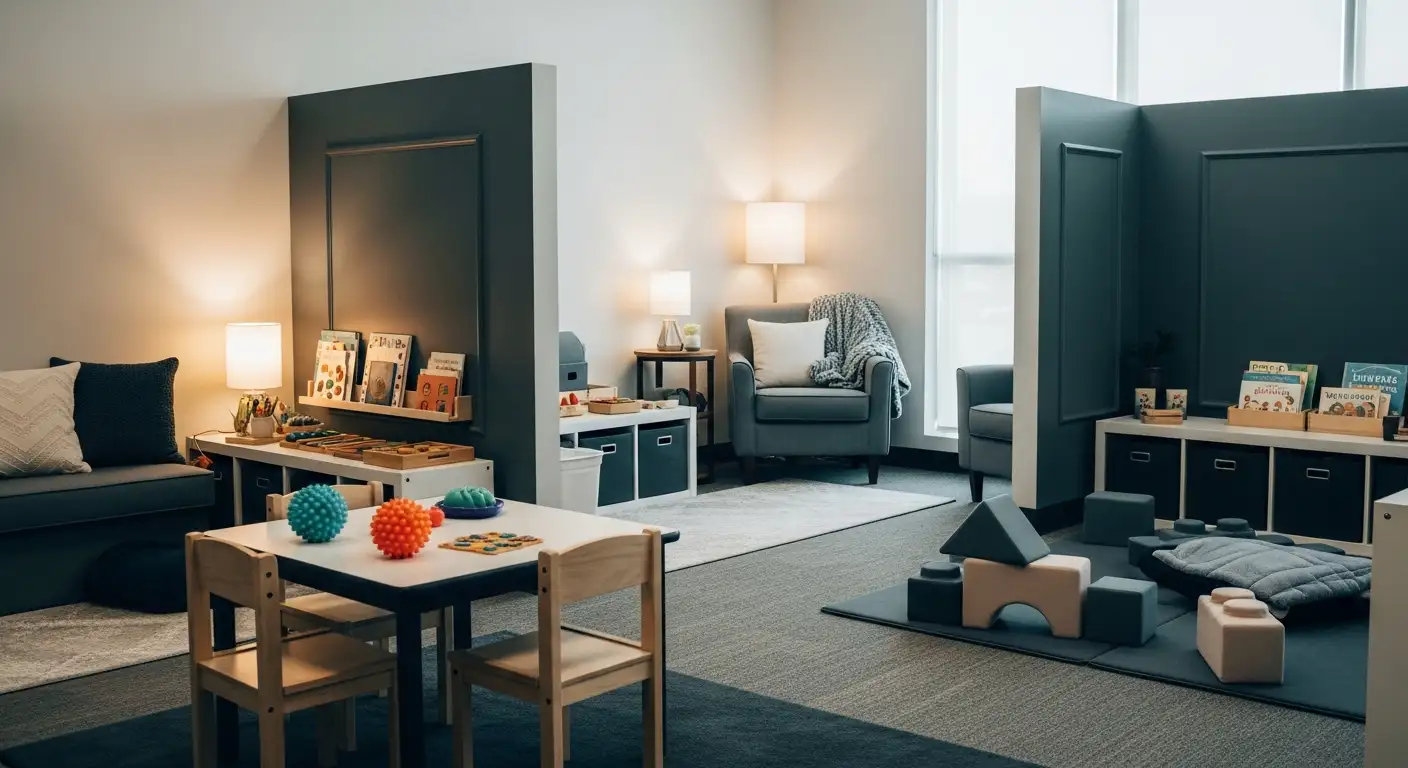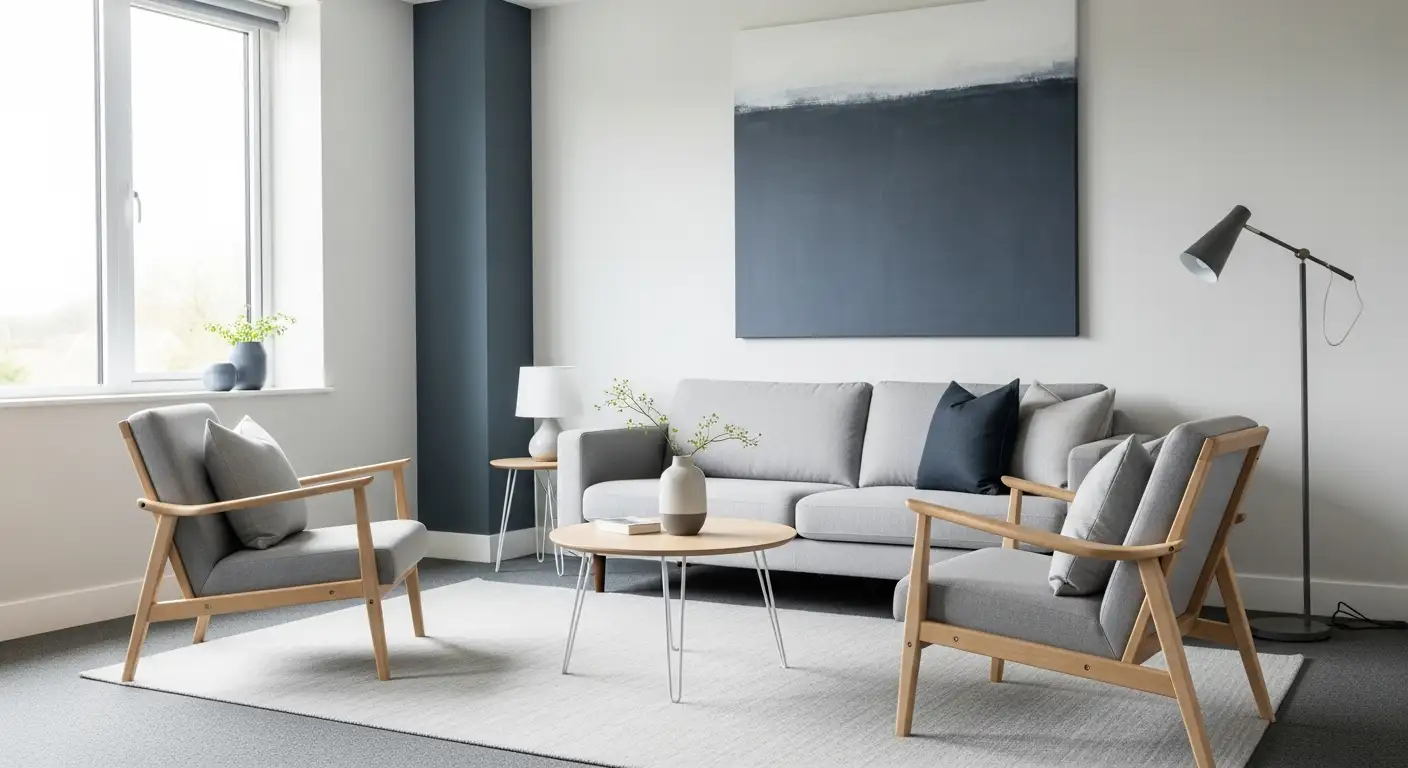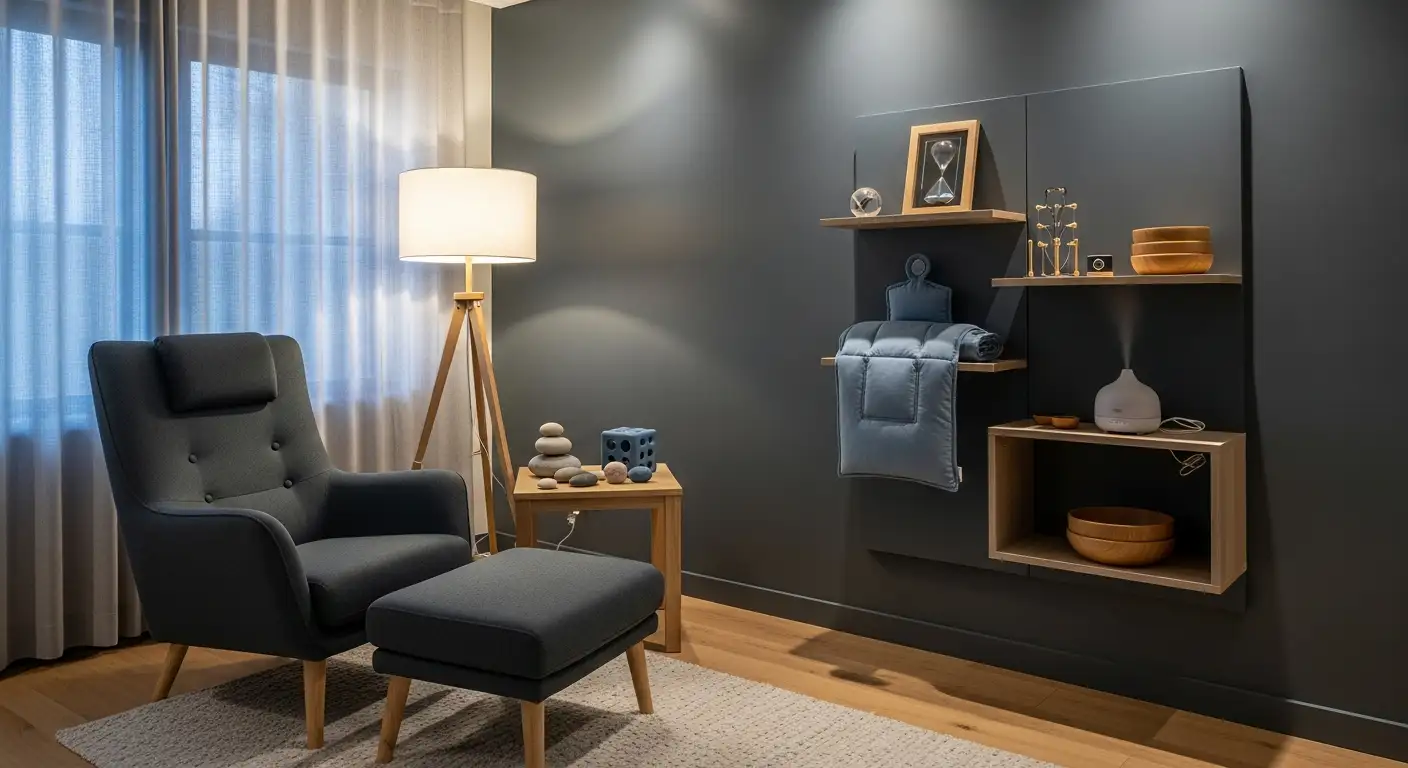Introduction to First-Then Boards in Early ABA
First-then boards are essential visual tools frequently used in early Applied Behavior Analysis (ABA) interventions, particularly for children with autism spectrum disorder (ASD) and other developmental delays. Their primary purpose is to motivate ongoing compliance and facilitate smooth transitions between activities by visually representing a sequence of tasks, helping children understand what they need to do first and what they will get afterward. This article will explore the effective implementation of first-then boards, how they are created, integrated into therapy, and best practices to optimize their use for fostering independence and reducing behavioral challenges.
Understanding the Principle Behind First-Then Boards
 The foundation of the first-then strategy in Applied Behavior Analysis (ABA) is the Premack Principle. This principle, developed by psychologist David Premack, asserts that more probable behaviors (those the individual prefers) can be used to reinforce less probable behaviors (less preferred activities). In practical terms, this means that an individual is more likely to complete a task they find less engaging if they know they will be able to access a preferred activity immediately afterward.
The foundation of the first-then strategy in Applied Behavior Analysis (ABA) is the Premack Principle. This principle, developed by psychologist David Premack, asserts that more probable behaviors (those the individual prefers) can be used to reinforce less probable behaviors (less preferred activities). In practical terms, this means that an individual is more likely to complete a task they find less engaging if they know they will be able to access a preferred activity immediately afterward.
Using visual cues like 'first, then' makes this contingency clear. For example, a child might see a visual board that shows a picture of doing homework ('first') and a picture of playing a game ('then'). When the child completes the homework, they are shown the board again, and they understand that they can now enjoy the game. This simple visual support effectively motivates the child by linking the completion of a less appealing activity with the reward of a preferred one.
Motivation driven by individual preferences plays a crucial role here. What counts as a preferred activity varies from child to child and can include anything from a favorite toy or activity to a sensory break. Adjusting these reinforcers to match the child's current interests and needs ensures the strategy remains effective.
By understanding and applying the Premack Principle through visual supports, educators and caregivers can promote task completion, reduce refusal behaviors, and foster independence. The strategy is flexible and customizable, offering a practical way to increase engagement and teach new skills for children with autism spectrum disorder and other developmental needs.
Examples of First-Then Statements and Boards
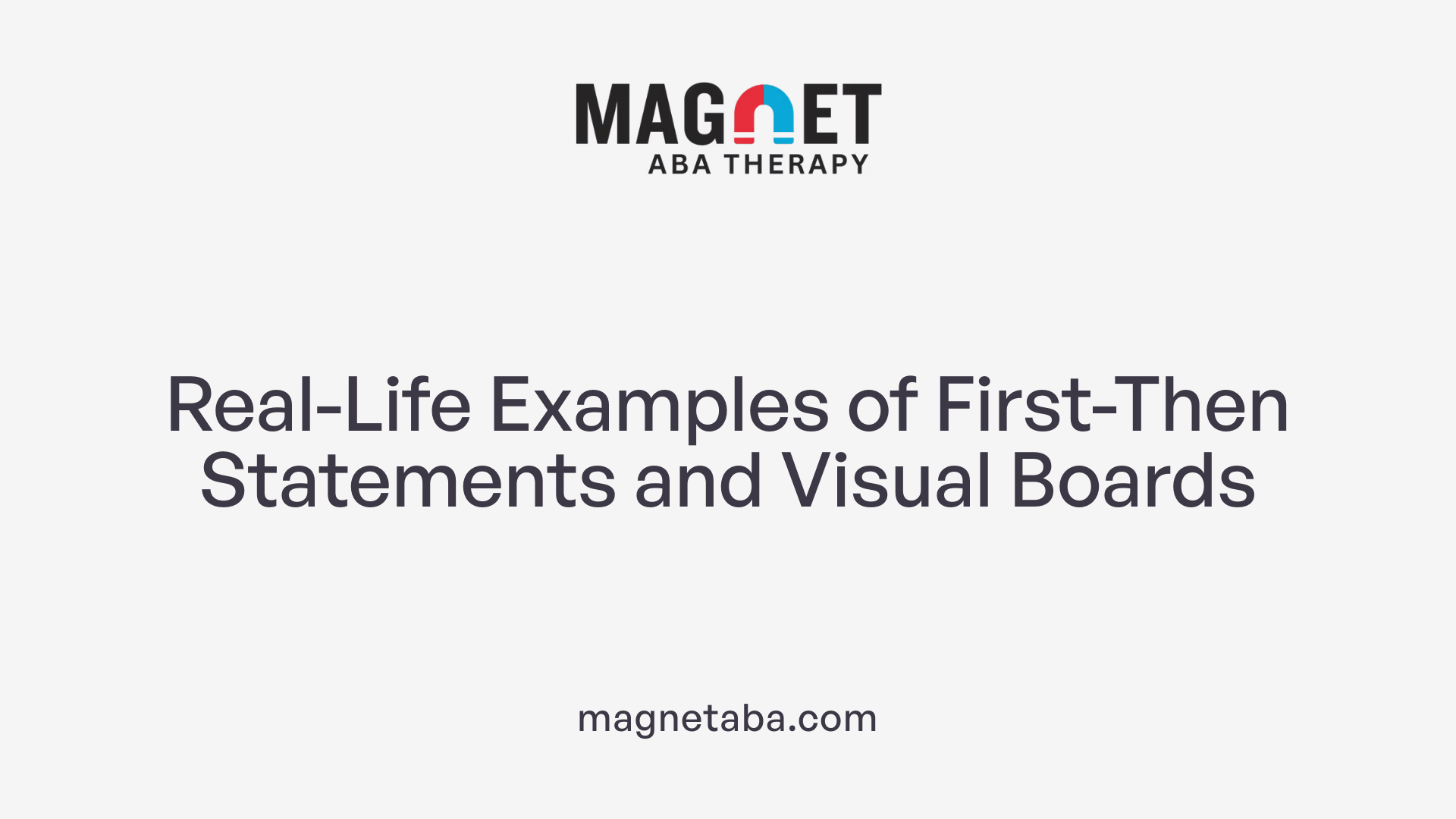
What are some examples of first-then statements and boards?
First-then statements are straightforward phrases that clearly communicate a sequence of activities to motivate children. These sentences typically state a less preferred task that must be completed before moving on to a preferred activity, such as "First, clean up, then you can play video games." This simple language helps children understand what is expected of them and the reward they will receive.
First-then boards complement these statements with visual cues, making the sequence more concrete for children who benefit from visual supports. A typical board has two sections labeled "first" and "then," usually featuring pictures, icons, or words to depict each activity or item. For example, the "first" side might show a picture of toys scattered on the floor, indicating cleaning up, while the "then" side shows a picture of a favorite game or activity, serving as a motivating reward.
These visual tools are adaptable to a child's needs and can include photographs, symbols, or simple drawings. They serve as reminders and visual schedules that promote independence, especially for children with autism or other behavior challenges.
Visual representations on first-then boards for children
The visuals used on first-then boards are tailored to individual children’s understanding and preferences. Common options include laminated pictures, velcro-backed icons, or digital images from apps like LessonPix. The symbols should be clear, recognizable, and match the child's comprehension level—some children may read words, while others rely entirely on images.
Creating the boards involves selecting activities that are meaningful and motivating. The non-preferred activity is typically placed under the "first" label, followed immediately by the preferred activity or reinforcer under the "then" label. This visual cue helps children clearly see what must be accomplished before they can access their preferred reward.
Resources for creating personalized boards
Parents, teachers, and therapists can leverage various tools to craft customized first-then boards. Online resources like LessonPix provide user-friendly options to select clip art, add captions, and customize colors or sizes. Some programs even allow for the integration of objects or digital icons, making it easier for children with different learning styles.
Additionally, simple DIY methods include using a zippered pencil pouch to organize symbols or creating a visual schedule on a laminated strip. Consistency in using these visual supports and involving the child in selecting activities can boost motivation and cooperation.
| Resource | Features | Use case |
|---|---|---|
| LessonPix | Customizable clip art, captions, colors | Creating personalized first-then boards |
| DIY Visual Boards | Laminated visuals, Velcro backing | Easy customization at home or classroom setup |
| Apps | Digital icons, customizable templates | Interactive and portable visual supports |
This approach effectively increases motivation and supports independence by visually guiding children through routines, making transitions smoother and reducing frustration.
Creating and Implementing First-Then Boards for Young Children
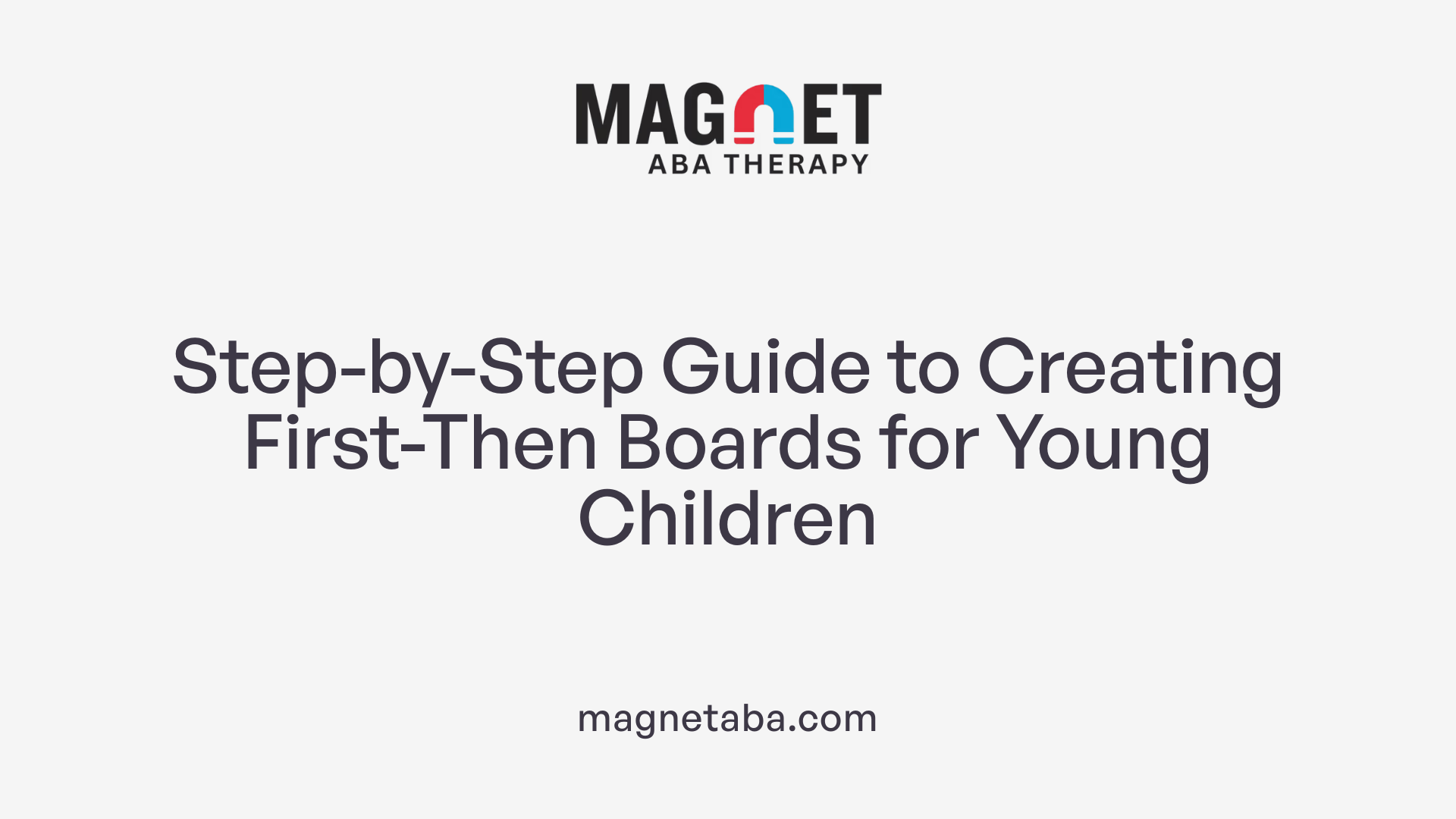
How do I create and implement a first-then board for a young child?
Creating an effective first-then board begins with understanding the child's specific needs, interests, and abilities. First, identify the activity or task the child needs to complete, particularly one that might be less preferred. This could be a routine task like cleaning up or finishing homework.
Next, select a preferred activity or reward that will motivate the child to complete the initial task. This might include playing a game, engaging in a favorite activity, or receiving a tangible item, depending on what motivates the child.
Design the visual representation of these activities. You can use photographs, icons, or simple drawings to clearly depict each activity. Ensure that the visuals are easy to understand and appropriate for the child's developmental level.
Now, create the board itself. Use a laminated strip, a piece of cardstock, or a magnetic or Velcro-backed board to make it durable and reusable. Attach the visuals side-by-side, labeling each with the words 'First' and 'Then' or using symbols if the child responds better to images.
For ease of change and customization, affix the visuals with Velcro or magnets. This allows you to swap out activities based on the child's evolving interests or specific routines.
During implementation, hold the board in view of the child and point to the visuals while describing the sequence. Use clear, simple language, emphasizing 'First' for the initial activity and 'Then' for the reward.
Guide the child through the process by prompting them to complete the first activity before moving to the 'Then' reinforcement. Reinforce and praise the child as they complete each step.
As the child becomes more independent, gradually reduce prompts and increase the child's responsibility in following the sequence.
Remember to tailor visuals and activities regularly to keep the schedule engaging and relevant to the child's capabilities and interests. This approach not only helps reduce resistance and promote cooperation but also fosters a sense of achievement and independence in the child.
Best Practices for Applying First-Then Boards in Early ABA

What are best practices for applying first-then boards to promote compliance in early ABA?
Applying first-then boards effectively involves several strategies that encourage compliance and understanding among young children, especially those with behavioral challenges.
First, it is crucial to carefully select and pair activities. The less preferred activity should be clearly linked to a highly preferred reinforcer, motivating the child to complete the initial task. For example, a child might do a difficult reading exercise first, before playing a favorite game.
Second, visual supports are essential. Use clear, simple visuals such as photographs, symbols, or words that are easily understandable. The visuals should be engaging and accurately represent the activities to avoid confusion.
Third, ensuring the child understands the sequence is vital. Demonstrate the order, perhaps by pointing to the visuals, and check for comprehension before starting. Keeping the board in a visible and consistent location helps reinforce expectations.
Fourth, consistency in use promotes routine. Regularly using the same first-then structure during appropriate moments helps the child anticipate what’s next, reducing resistance.
Fifth, reinforcing the connection between completing the less preferred activity and accessing the preferred one boosts motivation. Immediate access to the rewarding activity after finishing the initial task reinforces the behavior.
Finally, as the child's skills improve, gradually fade the structure. This means slowly reducing the reliance on visual cues and increasing independent task completion, which supports developing overall self-regulation and compliance.
Implementing these best practices creates a supportive environment where children can understand expectations, remain motivated, and develop essential skills for independence.
Integrating First-Then Boards into Early Autism Interventions
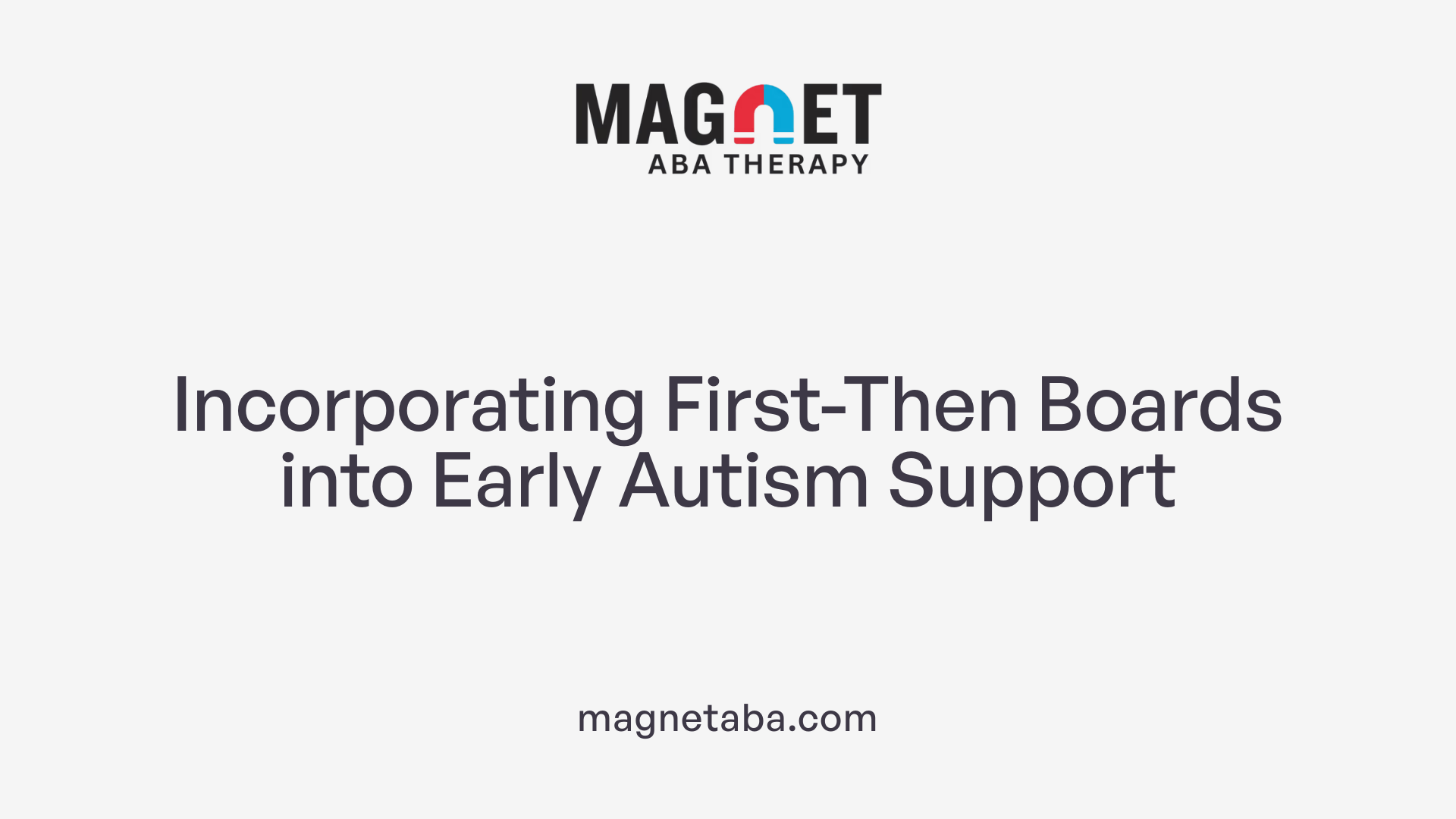
How can first-then principles be integrated into early intervention for children with autism?
First-then principles, which are rooted in the Premack Principle, focus on motivating children to complete less preferred activities by linking them to more desired outcomes. In early intervention for children with autism, these principles are often implemented using visual supports like first-then boards. These boards visually display two activities: one that the child may find challenging or uninteresting, and a subsequent preferred activity.
Using these visual tools helps children understand what is expected of them and provides clear, predictable routines. For example, a first-then board might show a picture of reading as the initial task, followed by a picture of playing a favorite game. The child then is motivated to complete the reading, knowing that a preferred activity awaits afterward.
It is critical to tailor these supports to each child's unique motivators, abilities, and behavior patterns. Identifying what the child finds motivating, whether it’s a specific toy, activity, or sensory experience, ensures the reinforcement is effective. Implementing the boards involves selecting appropriate visuals—such as photographs or symbols—and presenting them consistently. Over time, prompts and supports can be faded to encourage independent understanding.
Incorporating first-then strategies into daily routines promotes structured, predictable environments, which help ease transitions and reduce anxiety. These visual schedules can be used across various settings including home, school, and therapy. Moreover, using these supports aligns with evidence-based practices, encouraging task completion and engagement.
By embedding the first-then approach into early intervention, caregivers and educators can foster greater independence, reduce behavioral challenges, and support meaningful learning for children with autism. This method offers a simple yet powerful way to reinforce positive behaviors and motivate children through visual cues, making routines clearer and more manageable.
Summary and Final Thoughts
First-then boards are a powerful and versatile tool in early ABA interventions, serving to motivate children, clarify expectations, and support independence. Successful implementation hinges on individualized visual supports, consistent use, and thoughtful integration into daily routines and therapy sessions. When used effectively, they can significantly reduce behavioral challenges and promote positive learning experiences. Incorporating strategies such as pairing activities, monitoring progress, and fading supports over time ensures that these tools adapt to each child's evolving needs. Overall, mastery in utilizing first-then boards can greatly enhance the effectiveness of early ABA programs for children with autism and other developmental challenges, laying the foundation for successful skill acquisition and behavioral growth.
References
- [PDF] First-Then Board Tip Sheet
- Teaching with First/Then (Premack Principle) - How to ABA
- First/Then Card - Autism Toolkit - Texas SPED Support
- First Then Strategies - Lake Ridge Community Support Services
- Visual Schedule Series: First-Then Schedules (Freebie!!)
- First Then Boards - LessonPix
- Using First/Then Statements to Support Young Children
- First-Then Board - OCALI
- [PDF] Using First-Then Boards - Hands TheFamilyHelpNetwork.ca
- Difficulty with Transitions? - Achievements ABA Therapy


